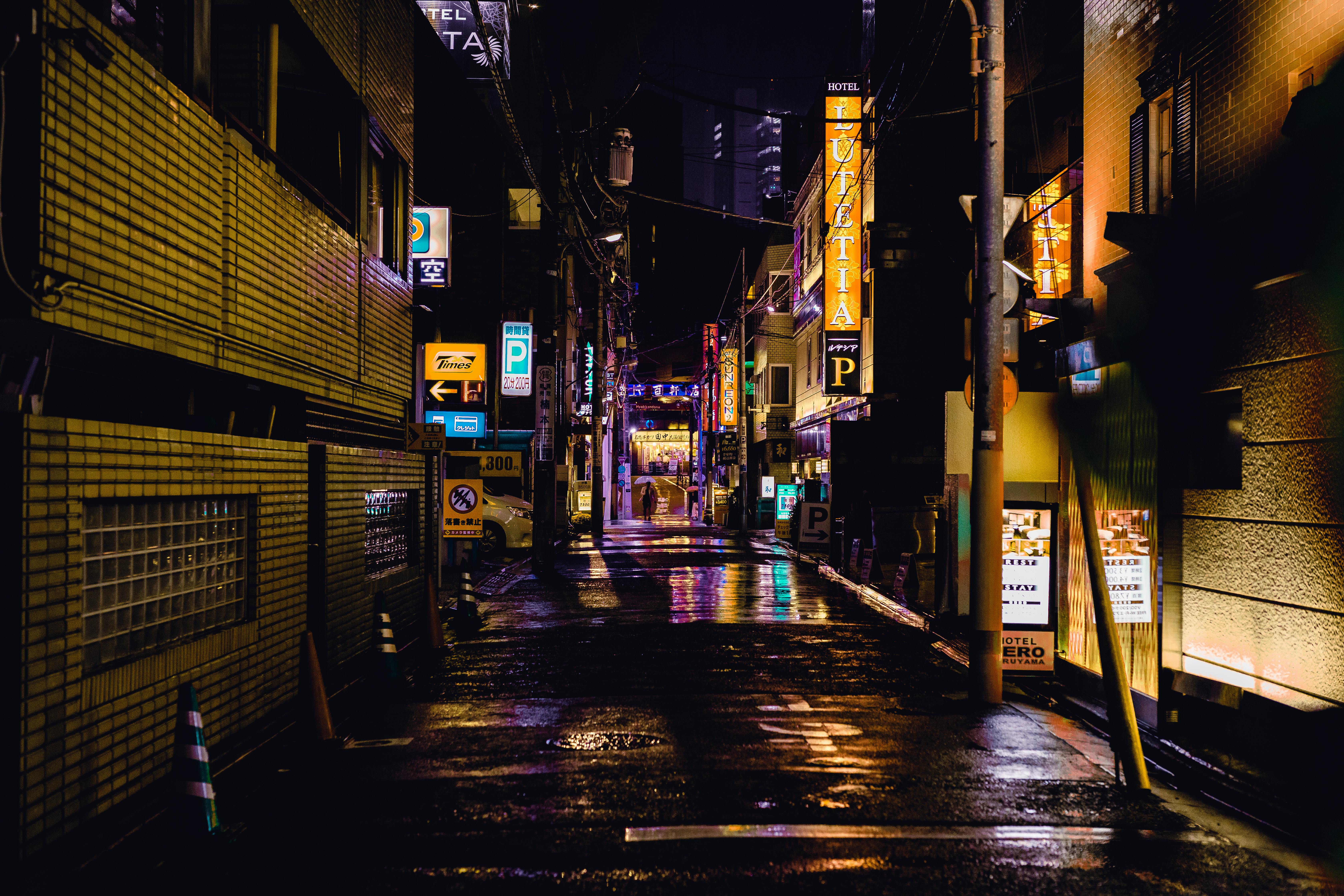Honda is changing the vehicle market as we know it by making a vehicle that emits water vapor. Honda’s FCX Clarity fuel cell car is the new generation of green cars. This car has some similarities to hybrids, but nothing compares to its new hydrogen fuel source. In addition to hydrogen, it is powered by an electric motor that generates electricity for the fuel cell and a lithium-ion battery. The lithium-ion battery serves as a supplemental power source. The lithium-ion battery charges when braking and decelerating. Some questions may arise when thinking about this new fuel cell vehicle, like what makes this car better than the other hybrid cars? What are the strengths, weaknesses, opportunities and threats of the Honda FCX Clarity?
One of the greatest strengths of this new fuel cell vehicle is that it emits water vapor and is designated as a zero emission vehicle (ZEV). The Environmental Protection Agency (EPA) has given this vehicle the lowest emissions rating possible. It can also be driven up to 280 miles before being refueled with hydrogen. FCX Clarity achieves 55% energy efficiency, which is twice the energy efficiency of hybrid vehicles and triple the efficiency of regular gasoline vehicles. Since the FCX Clarity is more energy efficient, it was one of the first fuel cell vehicles to receive certification from the EPA and the California Air Resources Board. Unlike hybrids, the FCX Clarity doesn’t need to be plugged in to charge and there’s no need for regular gasoline.
Honda has many opportunities with this new fuel cell vehicle. First of all, Honda is designing a domestic service station. You no longer have to worry about going out and refueling at the pump. Home refueling stations will raise the stress on the pump. Furthermore, Honda could make this fuel cell vehicle a household name and market it worldwide. Honda just needs to come out to show off their new vehicle. Honda is starting to market the new fuel cell a bit. Honda has just released the FCX Clarity for Japan.
One of the few weaknesses of this fuel cell vehicle is its limited availability in the United States. Southern California and Japan are the only two areas where this new vehicle is available. Honda plans to launch around 200 vehicles in 3 years in California and Japan. Honda believes that this new fuel cell vehicle will be mass-produced by 2018. I think this is one of Honda’s biggest drawbacks: limited launch and a shortage of gas stations.
This car is a bit small, it can only carry four people. The cost of the FCX Clarity is approximately 600 per month on a 3 year lease. It seems a bit expensive for someone from the middle class to pay that payment. Not everyone in California will be able to lease this new vehicle. These people who are selected live near gas stations and make a limited number of trips to work.
Basically, Toyota and GM vehicles are Honda’s biggest threat. With so many new hybrids and gas-efficient small cars, this creates a problem for Honda. Another threat is Chevrolet. Chevrolet has developed a fuel cell SUV “the Equinox” and it has already reached New York City, Washington DC and Southern California. That said, it becomes a race between Honda and Chevrolet with the new fuel cell technology. How would the new fuel cell FCX Clarity grow in popularity? Lack of mass production and service stations, Honda will not stand a chance.
I think that Honda has created a good prototype with its new fuel source. The new fuel source should be further investigated before this vehicle is placed on the market. This car is for people who are willing to go green and have the money to do so. The whole problem is to make this car available to the public and easily accessible.
On the other hand, Honda has a comparative advantage due to its local service station. There is no other vehicle that you can plug in and refuel at home. Hybrid vehicles rely on battery and gas to run. You have to plug in the hybrid to recharge the battery.

